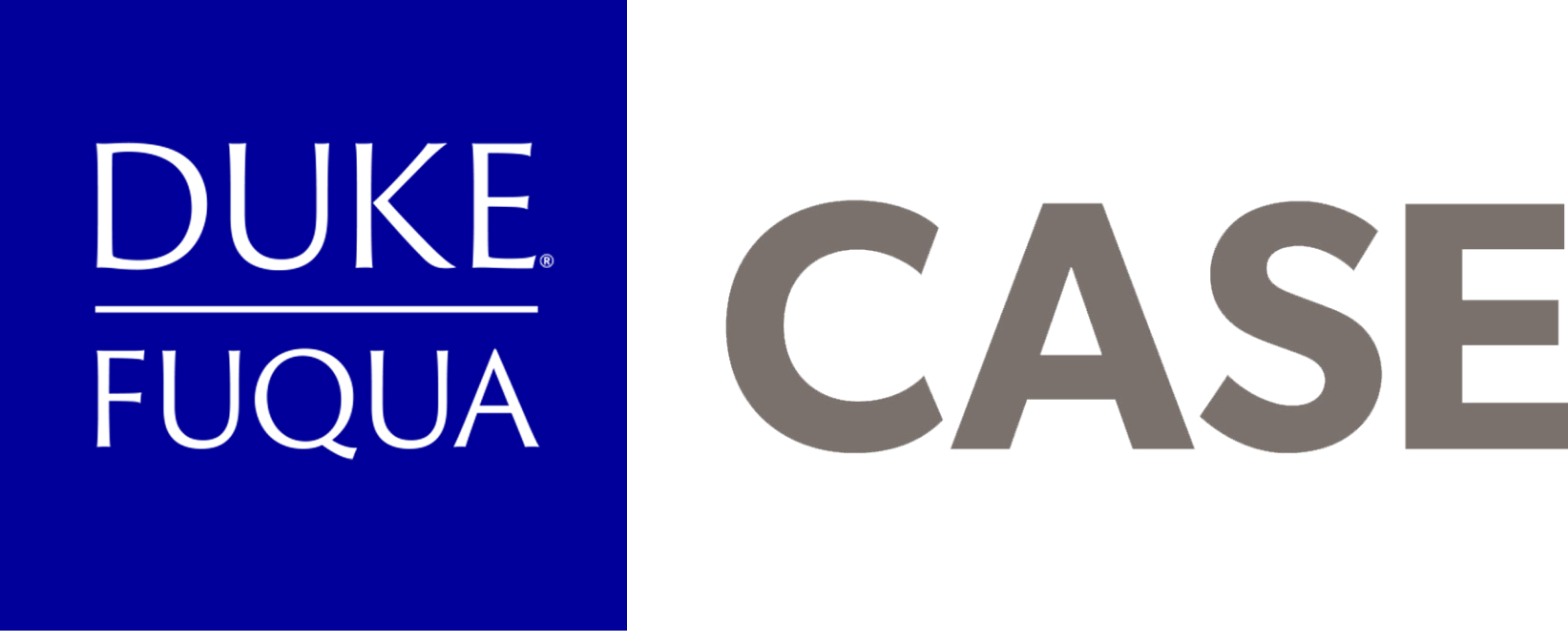This post is written by Manuel Costa, a second year Duke MBA student, in November 2017.
From Tuesday 10th October to Friday 13th October more than 3,000 people assembled in Fort Meyers, San Francisco, to talk all things Impact Investing. This was SOCAP’s 10th edition and it was evident from the get-go this was a well-oiled machine – 150+ sessions in little over three days.
In other words, if you could go to every session it would take you some 13 days, no sleeping, to take in all that content available. To say I was overwhelmed before I set foot would be an understatement. In fact, I would be lying if I didn’t say that four weeks later I’m still trying to go over some of the conversations and topics I witnessed in my mind. Hence, for myself, and for anyone reading, I will organize my thoughts to unearth three takeaways from this experience.
Impact investing has an overwhelming (in a good way) number of applications and actors.
I was truly astonished by the sheer volume and availability of content at SOCAP 17. Thankfully the event had overarching themes to help newbies, like myself, navigate the array of alternatives per time slot, such as Impact Investing, Meaning, Racial Equity, Neighborhood Economics, and Sustainable Livelihoods.
I focused my first experience on the Impact Investing track and found myself naturally drawn to sustainable livelihoods and the sub-track inclusive fintech. Even by doing so I listened into organizations using blockchain in Southeast Asia to fight corruption, family funds from the US Midwest looking for ways to connect more directly with social impact entrepreneurs around the globe, and a b-corporation from New Zealand selling single use disposable goods for the food industry. If these examples don’t show the breadth of applications of impact investing and its diverse actors, I don’t know what does. This is hands down what attracts me the most about impact investing. It might still be hard to find and make those connections, but someone with an innovative way to tackle a social problem you care about is out there, and someone hoping to finance it is waiting.
The impact investing universe is far from its final version, but it is well beyond its big bang.
Many times, during the conference I heard panelists and attendees voicing concerns about the lack of a shared language, or expressing how certain actors and vehicles are more readily available in better established industries. So, even though this is SOCAP’s tenth edition, and it’s biggest, is impact investing here to stay?
Well, on the one hand, the growth of the impact investing sector seems to suggest so and is well documented – today, 1 in every 5 dollars in the financial capital markets is said to be socially responsible. Additionally, new regulation to the Employee Retirement Income Security Act (ERISA) is expected to unlock barriers to some of the largest investment funds in the US (in a nutshell, private pension funds can take social factors into account as long as returns are not compromised).
As such, I believe I witnessed some of this growth and development through the panel “Is impact investing ready for a secondary market?” As the panelists said, this was planned as a “201” level discussion (as opposed to 101), and I would be lying if I said I managed to grasp everything that was being discussed between Debra Schwartz (MacArthur Foundation), Sasha Dichter (Acumen) and Laurie Spengler (Enclude). What I did understand is that the key elements for the existence of a secondary market are beginning to materialize: critical mass and intermediaries. This could also be great news for the industry due to the longer-term nature of some impact investments and the less proven track record of exit opportunities in some industries or geographies.
Impact investing is a world movement.
Although a less technical assessment, this was the most important and uplifting takeaway for me. I was truly mesmerized by the diversity of the speakers and attendees. I was treated to conversations with a life-long American banker wanting to pour her knowledge and time into this newer industry, a Swedish member of government trying to understand legislation that would unlock the floodgates of impact investing, and an Ecuadorian entrepreneur looking for ways to connect with potential investors.
In all SOCAP was a humbling and motivating experience. I hope that I can return in a few years’ time to see what has changed about the conference and the impact investing universe. Perhaps I will return as an entrepreneur looking to make connections with potential funders, or as a practitioner looking for entrepreneurs and paradigm changing ideas that will address the world’s challenges.
This post is written by Manuel Costa, a second year Duke MBA candidate, CASE Scholar, CASE Fellow, and co-chair of the CASE i3 Fellows program. Prior to Fuqua, Manu worked with TECHO, the largest Latin American-based nonprofit that seeks to eradicate poverty through community development and emergency relief projects.


